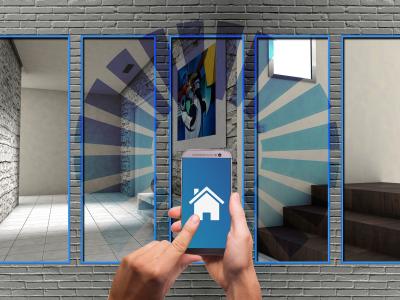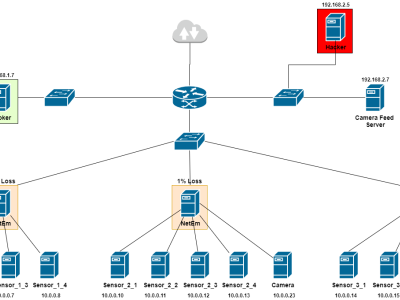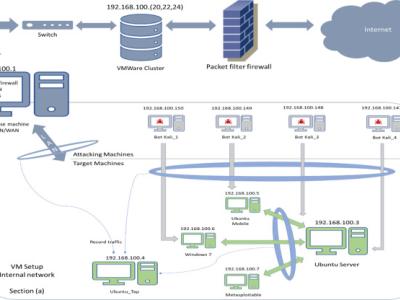RSSI Dataset for Indoor Localization Fingerprinting

- Citation Author(s):
-
Petros Spachos
- Submitted by:
- PETROS SPACHOS
- Last updated:
- DOI:
- 10.21227/jrk5-qw26
- Research Article Link:
- Links:
 6143 views
6143 views
- Categories:
- Keywords:
Abstract
- Zigbee (IEEE 802.15.4),
- Bluetooth Low Energy (BLE), and
- WiFi (IEEE 802.11n 2.4GHz band).
Instructions:
A set of tests was conducted to determine the accuracy between multiple types of system designs including: Trilateration, Fingerprinting with K-Nearest Neighbor (KNN) processing, and Naive Bayes processing while using a running average filter. For the experiments, all tests were done on tables which allowed tests to be simulated at a height where a user would be carrying a device in their pocket. Devices were also kept in the same orientation throughout all the tests in order to reduce the amount of error that would occur in the measuring of RSSI values.
Environment
Three different experimental scenarios were utilized with varying conditions in order to determine how the proposed system will function according to the environmental parameters.
Scenario 1 was a 6.0 x 5.5 m wide meeting room. The environmental area was cleared of all transmitting devices to create a clear testing medium where all the devices can transmit without interference. Transmitters were placed 4 m apart from one another in the shape of a triangle. Fingerprint points were taken with a 0.5 m spacing in the center between the transmitters. This created 49 fingerprints that would comprise the database. For testing, 10 points were randomly selected.
Scenario 2 was a 5.8 x 5.3 m meeting room. This area was a high noise environment as additional transmitting devices were placed around the environment in order to create interference in the signals. There were 16 fingerprints gathered with a larger distance selected between the points. In this Scenario, 6 testing points were randomly selected to be used for comparing the algorithms.
Scenario 3 was a 10.8 x 7.3 m computer lab. This lab was a large area with a typical amount of noise occurring due to the WiFi and BLE transmitting that were in the area. The large space also allowed for signals to experience obstructions, reflections, and interference. Transmitters were placed so Line-of-Sight (LoS) was available between the transmitters to the receiver. In total, 40 fingerprints were gathered with an alternating pattern occurring between the points. Points were taken to be 1.2 m apart in one direction, and 0.6 m apart in the other. For testing 16 randomly selected points were taken.
Topology
In the testing environment, fingerprints were gathered to be used in the creation of a database, while test points were selected to be used against the database for the comparison. The figures of each topology can be found inside the dataset folder. In the figures, the black dots represent the location of the transmitters and the red dots represent the locations where fingerprints and test points were gathered where appropriate.
Related Publication
S. Sadowski, P. Spachos, K. Plataniotis, "Memoryless Techniques and Wireless Technologies for Indoor Localization with the Internet of Things", IEEE Internet of Things Journal.
Dataset
The RSSI dataset contains a folder for each experimental scenario and furthermore on wireless technology (i.e. Zigbee, BLE, and WiFi). Each folder contains three additional folders where the data was gathered (Pathloss, Database, and Tests). Pathloss contains 18 files measuring the RSSI at varying distances from the devices. The number of files located in Database and Tests varies based on the scenario.
For each technology, the file name corresponds to the point as to where the data was gathered. For specific locations, the (x,y) coordinates can be seen in the appropriate .xlsx file.
For the files in the Database and Tests folders, there are approximately 300 reading. In the Pathloss folder, there are approximately 50 only occurring from a single node. Readings appear in the format "Node Letter: Value" where:
Letter corresponds to the transmitter that signal was sent from, represented by 'A', 'B', or 'C'.
Value is the RSSI reading.










update